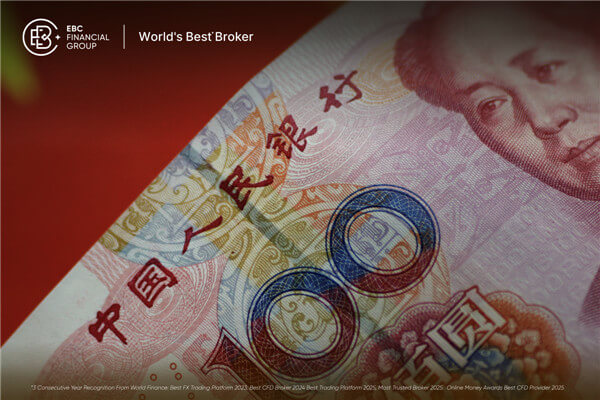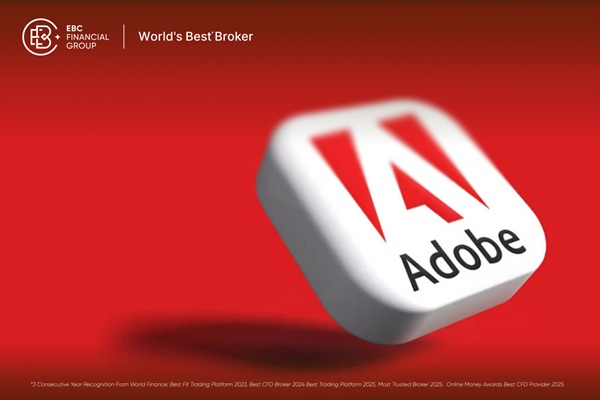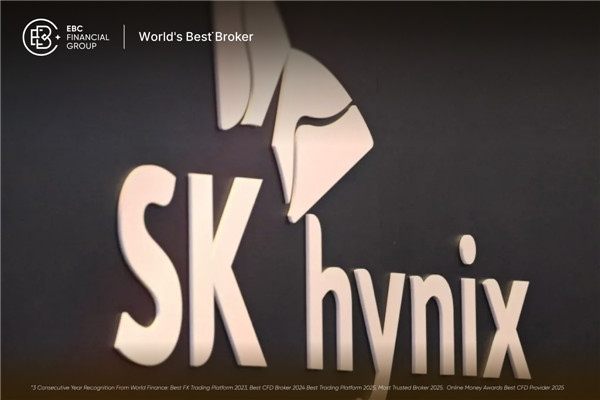The development trend of hedging methods can be divided into simple buy or sell hedging method, selective hedging method, and cross variety combination hedging method. Evaluate these three types of models based on methodological assumptions, statistical models, deficiencies, and hedging results. Based on the comparative analysis of the three hedging methods mentioned above, the cross variety combination hedging method is more effective and effective.

Basic Types of Hedging:
(1) Manufacturers' sales hedging farmers provide agricultural and sideline products to the market, while enterprises provide basic raw materials such as copper, iron ore, coking coal, and coke to the market. The economic profits obtained by the suppliers of various commodities through the production of goods that are about to be supplied to the market or are still in production and will be sold to the market should be protected to avoid losses caused by the price reduction when they are officially sold. At this time, the suppliers can lock in profits in advance by selling hedging, Reducing the risk of imminent price reductions, that is, short selling in the futures market and selling an equal number of futures as a hedging measure.
(2) Compared to traders, enterprises face market risks where goods may not be resold after acquisition, potentially leading to reduced operating profits or losses if prices drop. To mitigate these risks, traders can employ hedging by selling futures contracts for price insurance.
(3) Compared to processing enterprises, market risks stem from two aspects: buying and selling. Enterprises face concerns over rising raw material prices and falling finished product prices, as is the case with steel companies. By engaging in futures trading for both raw materials and finished products, processing enterprises can effectively mitigate these risks. This approach allows for forward hedging on purchased raw materials and selling period hedging for products, alleviating concerns, securing processing profits, and enabling focused production and processing.
By using futures tools to hedge various price exposure risks encountered in the business process, such as settling bulk raw materials through a basis trade model; Reduce delivery costs and improve fund utilization through futures to cash conversion transactions; Through cross variety hedging, virtual steel mills are established on the futures market, leveraging the leverage of the futures market to expand the business scale of enterprises, and continuously searching for effective trading methods and rules during the trading process, ultimately forming a mature and solidified trading system and model. Modeling futures hedging strategies and establishing a steel price cycle futures operation strategy model, providing a scientific and reliable basis for trading decisions, no longer subject to extreme personal subjective judgments; At the same time, facing the requirements of environmental protection and production restrictions, we will increase the research and application of cross variety arbitrage strategies, and maintain and expand the original production scale of the enterprise in the futures market.
The Basic Characteristics of Hedging:
At a certain point in time, buying and selling the same type of commodity in both the spot and futures markets in equal quantities but in opposite directions, that is, selling or buying the same quantity of futures in the futures market while buying or selling physical goods. After a period of time, when price changes cause a profit or loss in spot buying and selling, the profit or loss in futures trading can be offset or compensated by the profit or loss in futures trading. Thus, a hedging mechanism is established between the "present" and "future", as well as between the near and long term, to minimize price risk.
Enterprises using the futures market for hedging is actually a risk investment behavior aimed at avoiding spot trading risks, which is a combination of spot trading operations.
【 EBC Platform Risk Reminder and Disclaimer 】: There are risks in the market, and investment needs to be cautious. This article does not constitute investment advice.
















